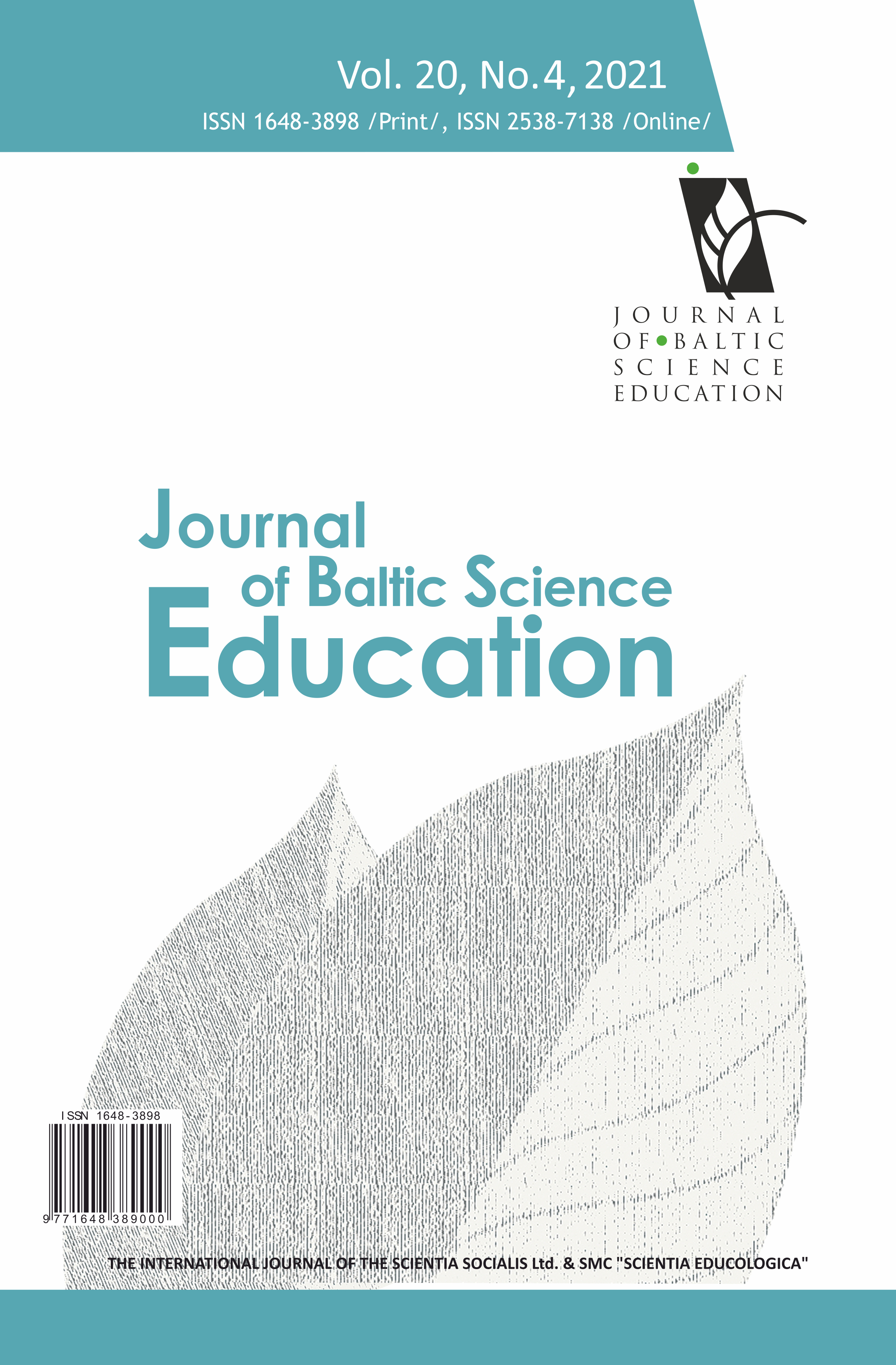DEVELOPMENT OF A CHILDREN ENTREPRENEURIAL SCIENCE THINKING TEST FOR STEM EDUCATION
DEVELOPMENT OF A CHILDREN ENTREPRENEURIAL SCIENCE THINKING TEST FOR STEM EDUCATION
Author(s): Jamilah Ahmad, Nyet Moi SiewSubject(s): Social Sciences, Education, School education
Published by: Scientia Socialis, UAB
Keywords: experiential learning theory; science entrepreneurial thinking; validity and reliability; STEM education;
Summary/Abstract: There are limited research studies about the development of test instrument to assess the level of entrepreneurial thinking among children in STEM education. The purpose of this research was to develop an Entrepreneurial Science Thinking Test (ESTT) for primary school children in STEM Education and evaluate its validity and reliability. The ESTT was developed using experiential learning theory which comprised of five constructs, namely Observation, New Ideas, Innovation, Creativity, and Value. The ESTT consisted of ten open-ended question items that require children to answer questions in statements and draw sketches of ideas. The evaluation was conducted to determine the reliability and validity of ESTT which involved five subject matter experts and 166 11-year-old fifth graders from five urban schools in Sabah, Malaysia. The data obtained from fifth graders were computed using WINSTEPS software version 3.73 and analysed using the Rasch measurement model. The results indicated a high acceptable content validity and construct validity, high internal consistency, and excellent item reliability and item separation. Through item fit analysis, all items were retained. The finding established the reliability and validity of the ESTT and would therefore represent a valid and highly reliable instrument for measuring entrepreneurial science thinking among fifth graders in STEM Education.
Journal: Journal of Baltic Science Education
- Issue Year: 20/2021
- Issue No: 4
- Page Range: 528-545
- Page Count: 18
- Language: English

